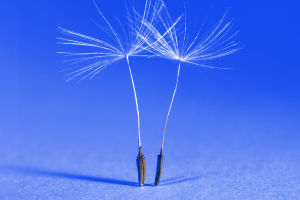There are two kinds of pianos: electric pianos and pianos, which are pronounced differently because the materials are different.
The normal piano articulation is a physical sound, like hitting a glass with a wooden stick.
The hammer strikes the strings and the sound is pronounced, which is the simplest statement of the piano pronunciation principle.
The electric piano sound is electronic sounding, the electric piano is electronic components sensing sounding.
The sound principle of electric piano is to use the keyboard as an energized switch, when the keys are pressed, the piano starts to work internally.
The crystal will send out a certain frequency waveform, through the crossover to amplify the waveform, and then through the speaker to transmit the sound, people will be able to hear the beautiful melody.
So why would you use wood for a piano?
1. Wood is cheap and easy to process
There are many parts needed to make a piano, but wood is cheap and easy to shape.
So the cost can be reduced.
With the current technology, reverse R&D polymer materials may be more expensive than advanced wood, and the performance is not comparable to wood.
2. Wood is durable
Metal materials and other materials are not easy and expensive to shape, and there are concerns about rust and corrosion.
3. Wood is relatively light in weight
The low density of wood reduces the weight of a single piano and makes it easier to carry.
4. Wood is easy to obtain
Wood is a natural material that we can find everywhere, and all kinds of woods with various advantages are available for people to choose.
In the past, solid wood would be more common in pianos.
But now with the improvement of technology, the shell is pure solid wood, basically very little.
The wood is pulled and placed in the factory, and it takes several years to air dry, which means that the wood used to make the piano is at least a few years old, which will take up a lot of land.
So the cost will be a very big problem.
Nowadays, pianos are also available in pure solid wood, but they are more expensive and sometimes even produced in limited quantities.
The piano shell is not made of paper mache, but of composite fiberboard.
Most of the pianos you normally see are composite fiberboard, and you may fold it away and feel like paper mache, but it's actually very hard.
Many people have the preconceived notion that a piano should be pure solid wood to be good, but it is not.
As the shell of the piano, not only should it be made beautiful and dustproof, but also protect the various mechanical structures inside well.
Sometimes bad businessmen want to go along with the customer's wishes to sell, falsely claiming that their piano is pure solid wood and that you look a solid wood on the outside to achieve their purpose of selling pianos.
In fact 99% of the pianos on the market are composite fiberboard, only the exterior is decorated with a layer of solid wood The style of thin wood, which not only plays a beautiful, but also can effectively protect the internal structure of the piano.
Of course, saving energy is also part of the reason.
The so-called pure wood board, the impact of air temperature and humidity will be more obvious.
In addition to look high-end, but not this high-density composite board is more effective.
The air temperature and humidity changes, solid wood will follow the texture and contraction and expansion, serious will cause collapse, bending deformation, and ultimately is likely to lead to the piano scrap.
The reason why solid wood was used in the past is partly because no better material was found to replace it, so it is not that the composite material is necessarily very bad.


